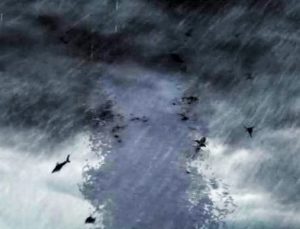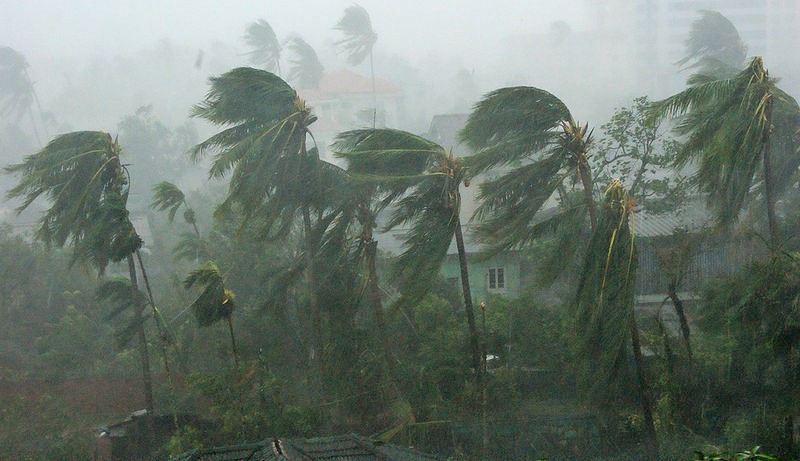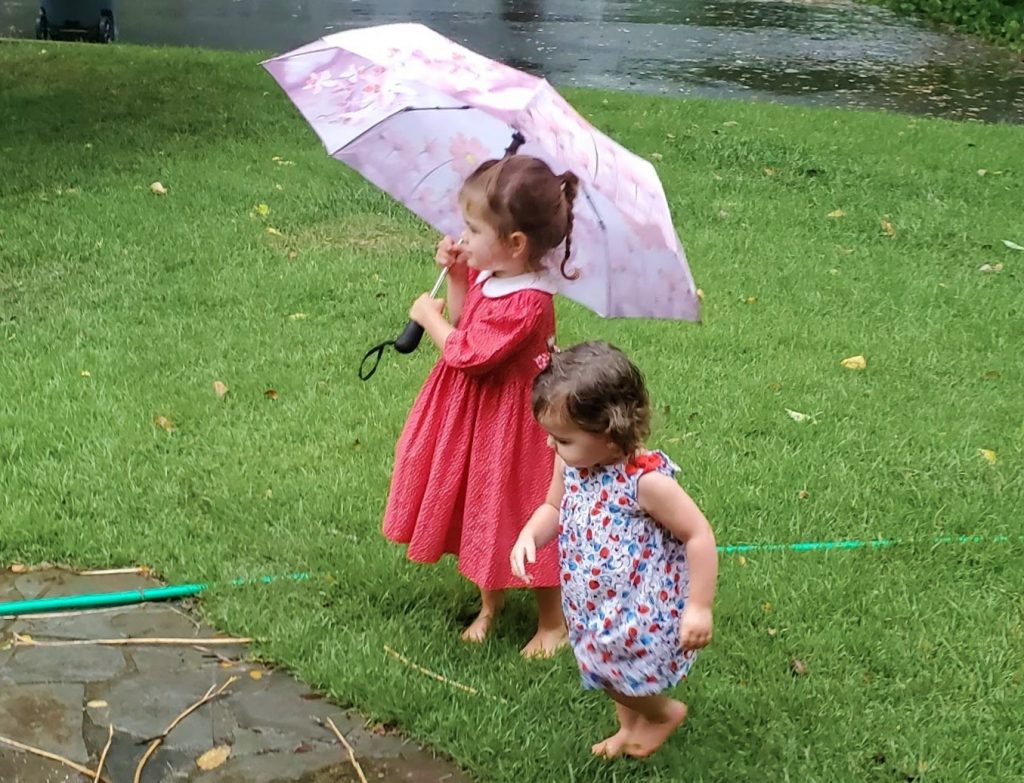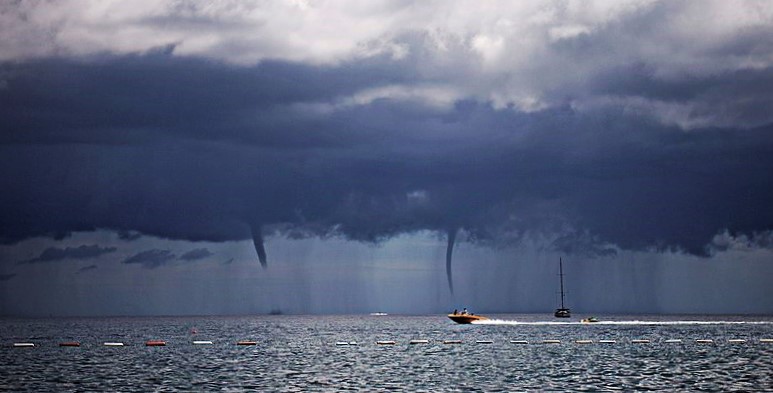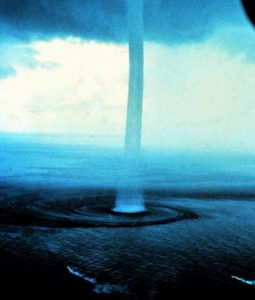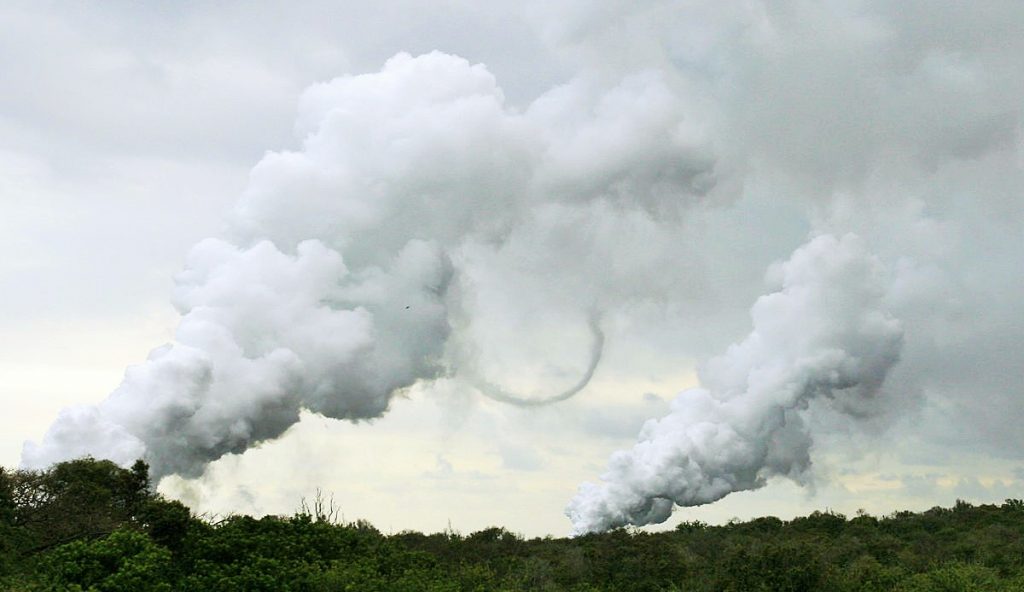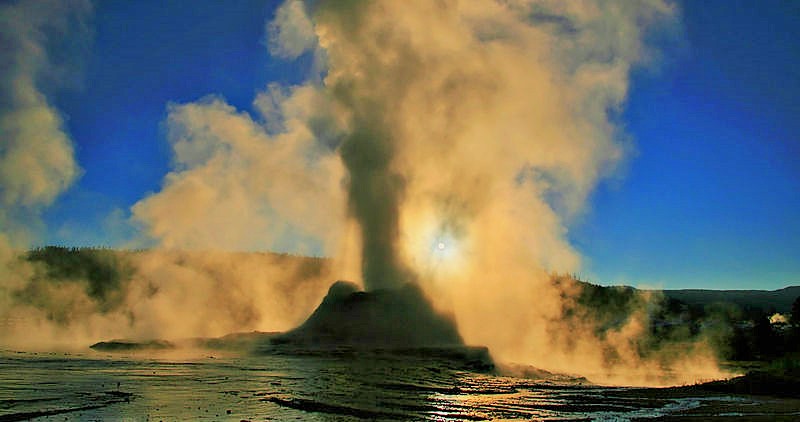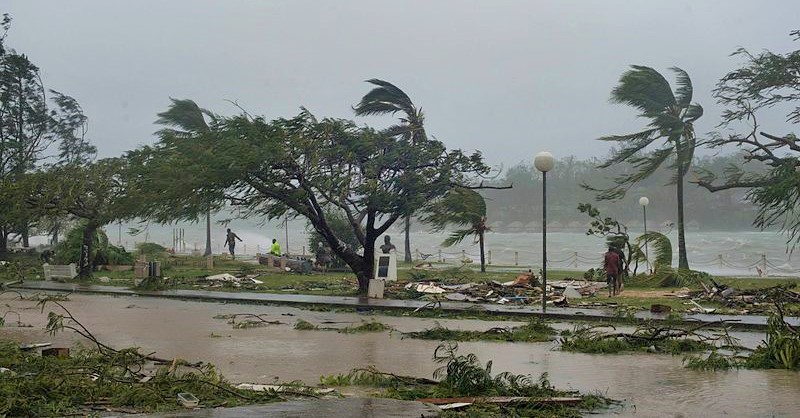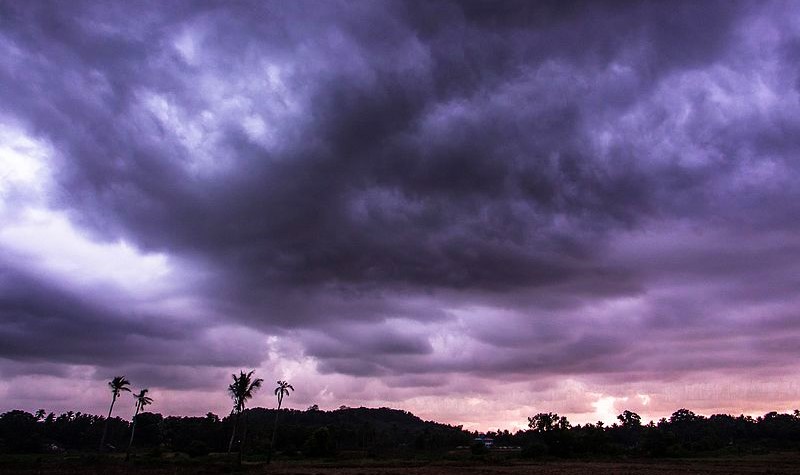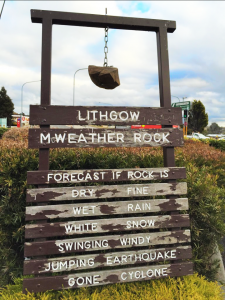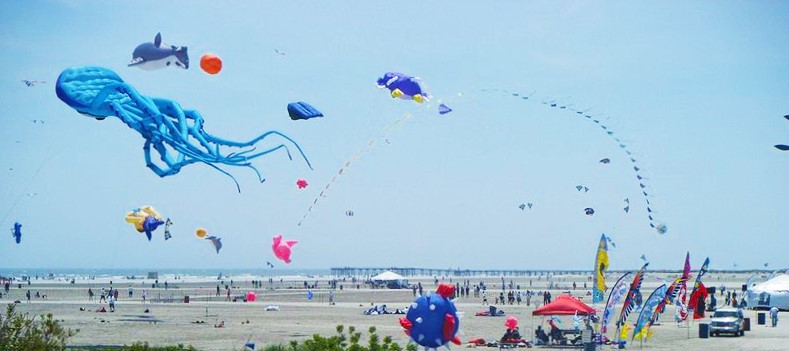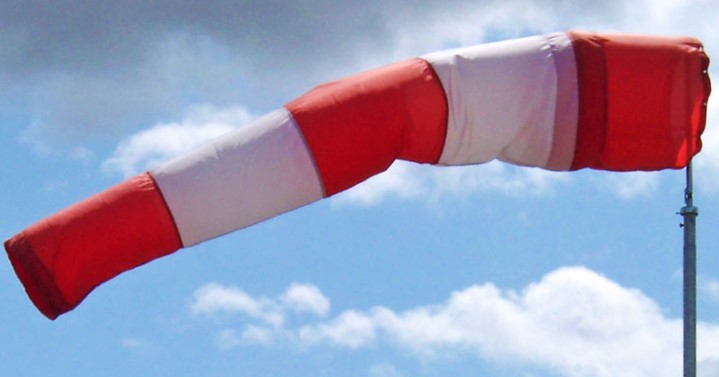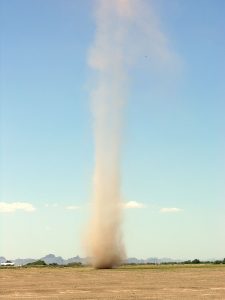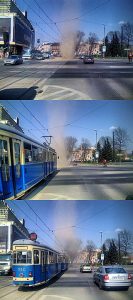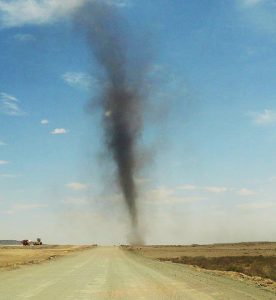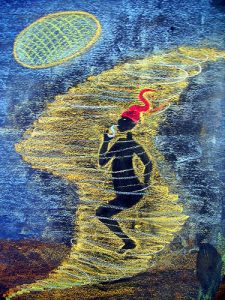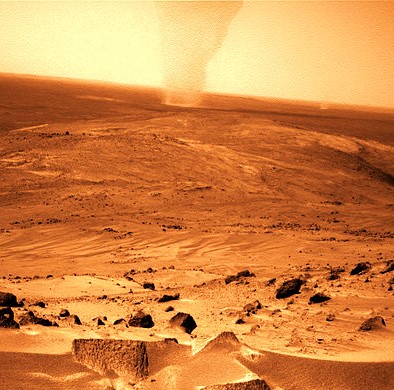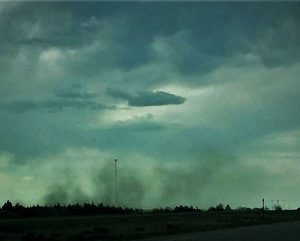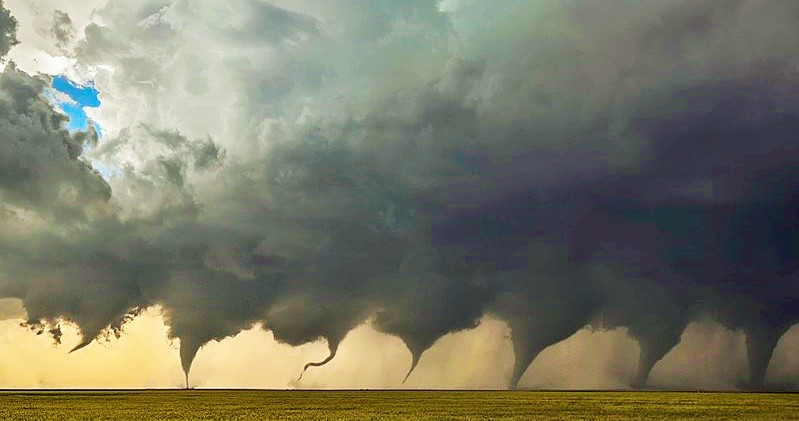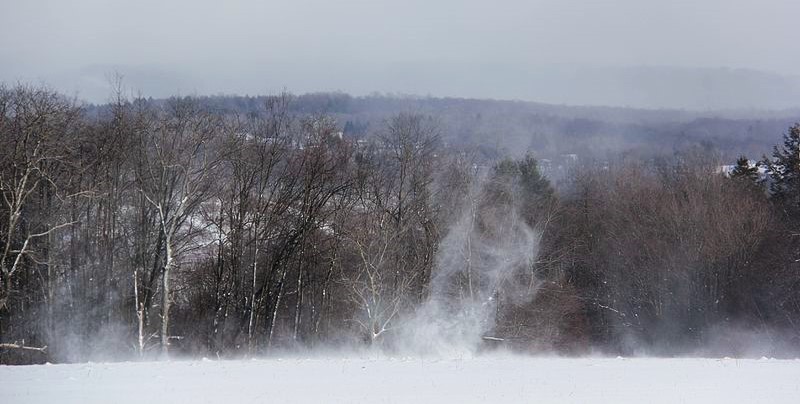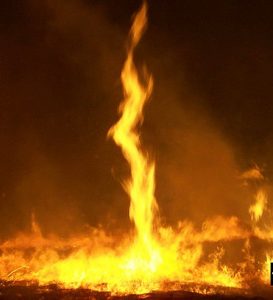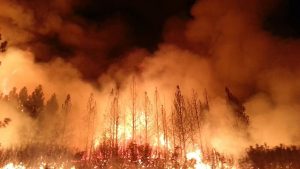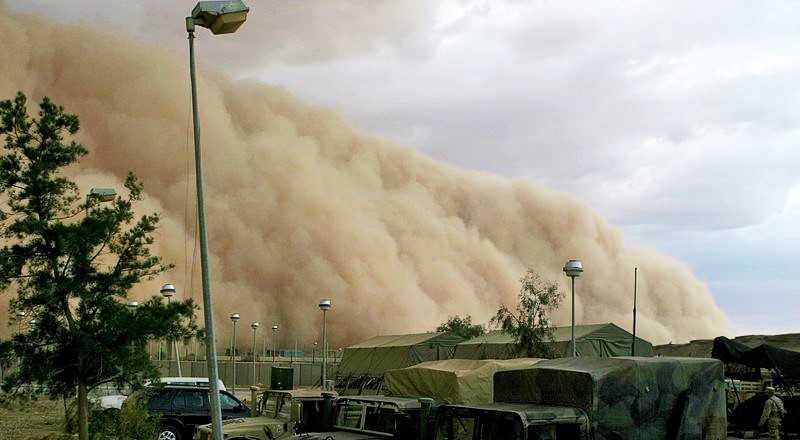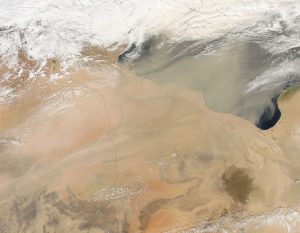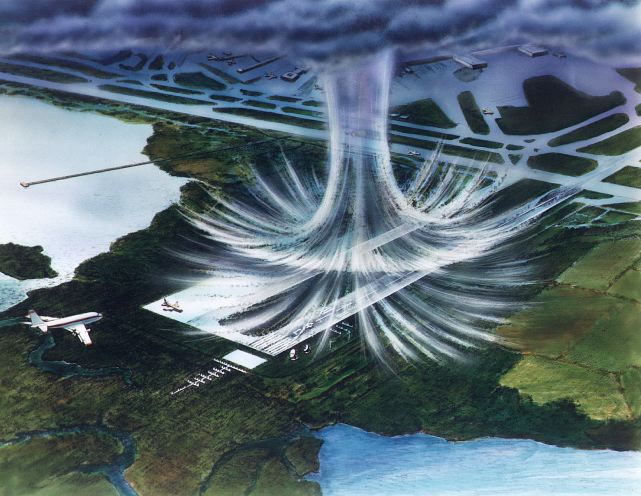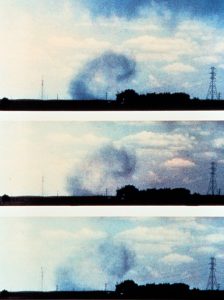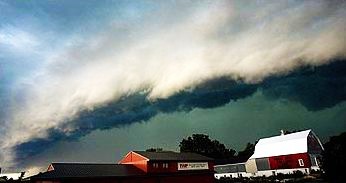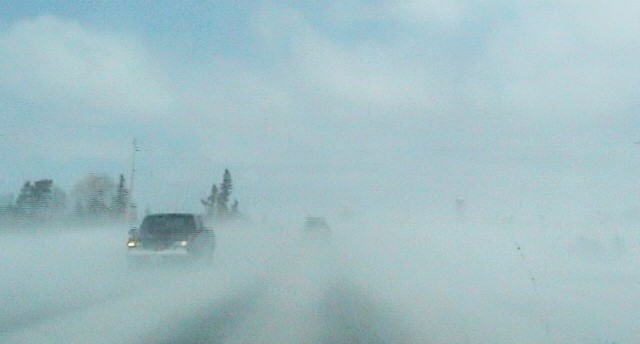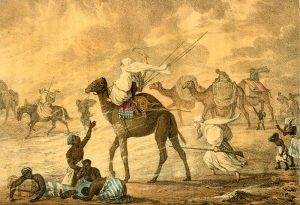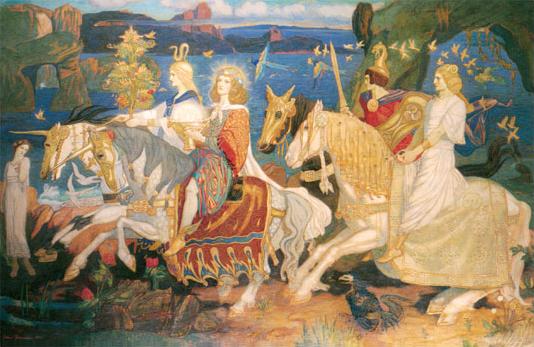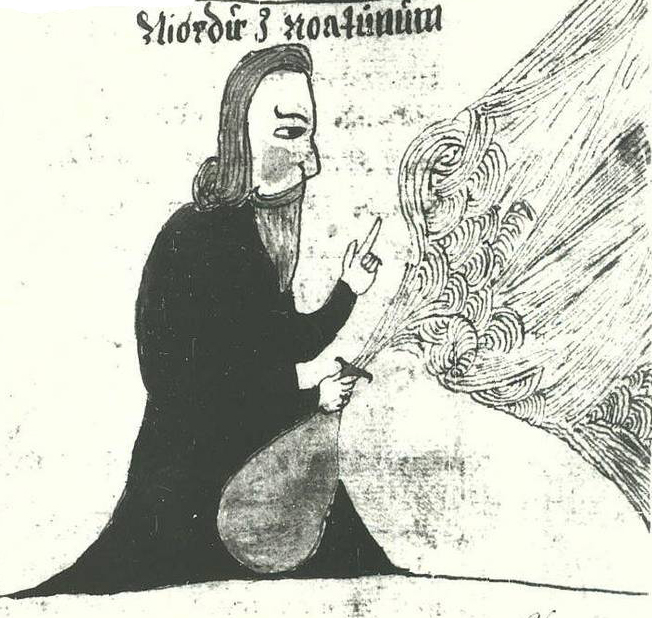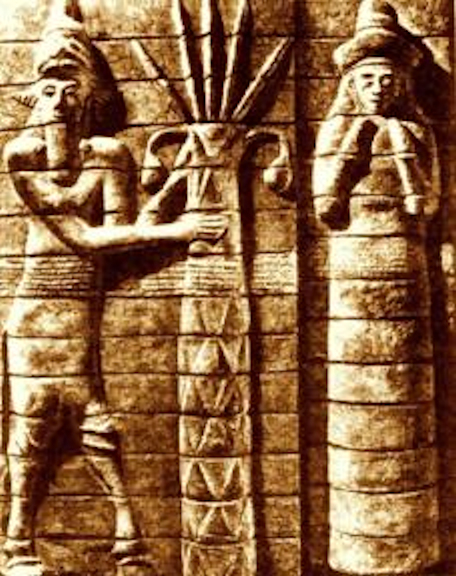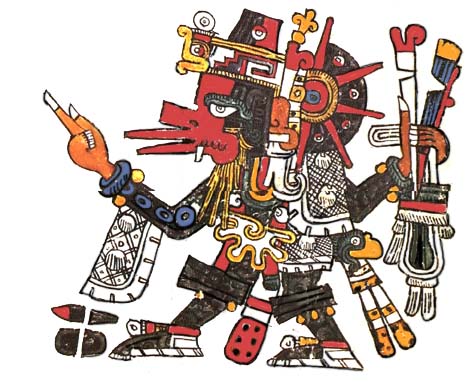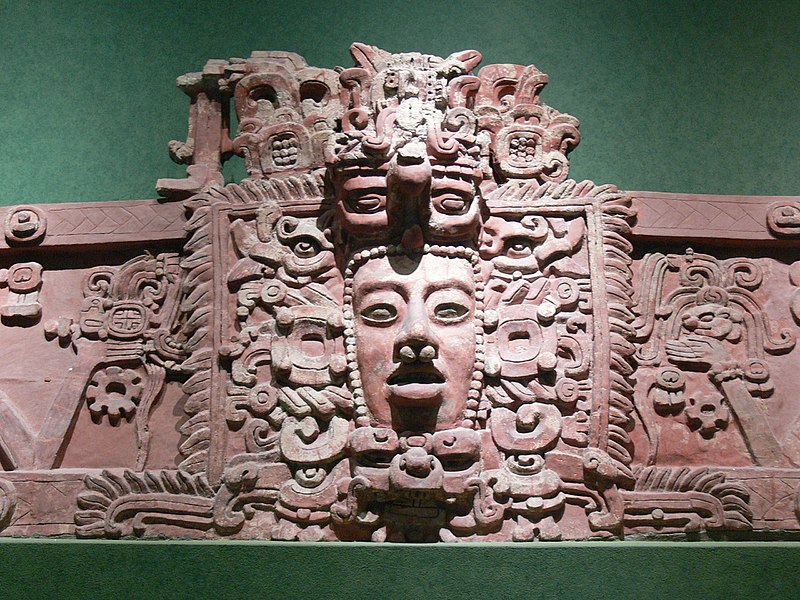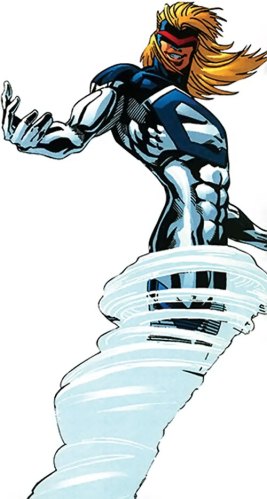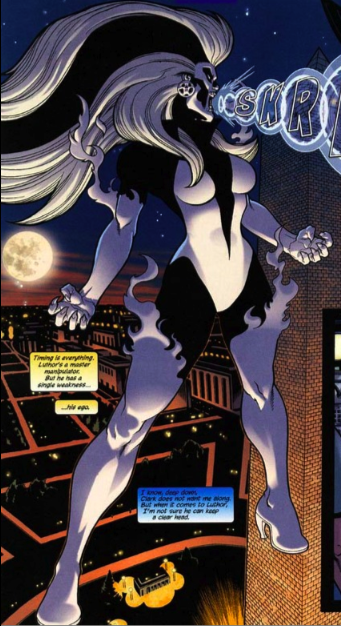Wind interacts with water much the way it interacts with land. Local breezes are of most significance to athletes such as golfers, tennis players, sailors, and football players—anyone whose goal requires a precise interaction between object and wind, even a light one.
Unpredictable Winds
Waterspout
Waterspouts are largely comparable to dust devils on land. They fall into two categories: fair weather waterspouts and tornadic waterspouts.
Fair weather waterspouts are generally not associated with thunderstorms. A waterspout develops on the surface of the water and works its way upward. Fair weather waterspouts form in light wind conditions, so they normally move very little. Typically, fair weather waterspouts dissipate rapidly when they make landfall, and rarely penetrate far inland.
Tornadic waterspouts develop downward in a thunderstorm, and form over water—or (less often) move from land to water. Except for their development, they have the same characteristics as land tornados. They are associated with severe thunderstorms, and are often accompanied by high winds and seas, large hail, and frequent dangerous lightning.
Steam Devils
A steam devil is a small, weak whirlwind over water (or sometimes wet land) that has drawn fog into the vortex, which makes it visible.
Steam devils form over large lakes and oceans during cold air outbreaks while the water is still relatively warm, and can be an important mechanism in vertically transporting moisture. They are a component of sea smoke.
Smaller steam devils and steam whirls can form over geyser basins even in warm weather because of the very high water temperatures. Hot springs in Yellowstone Park produce them on a daily basis, though they tend to be rare in nature.
Steam devils and steam whirls look very ethereal and frequently give rise to stories of ghosts and spirits. Because some of these geysers and temperature changes are regular and some are not, characters living by or traveling through areas “haunted” by steam devils could be seen as cursed, magical, outcast, guarded, etc. by nearby communities.
Tornadoes and Invisible Tornadoes

A tornado is a narrow, violently rotating column of air that extends from a thunderstorm to the ground. We’ve all seen tornados, at least on the news or in movies. As if they weren’t dangerous enough, tornadoes can sometimes be invisible if they don’t pick up any water or debris while spinning around.
Tornadoes can be among the most violent phenomena of all atmospheric storms we experience. The National Weather Service categorizes tornadoes by a number rating, from zero to five, based on the twister’s inflicted damage according to the Enhanced Fujita Scale.
As a narrative tool, tornadoes offer immediate, often unforeseen danger. Even with modern meteorology tools, there is very little warning before a tornado touches down. The destruction caused by tornadoes is often very narrow, arbitrarily destroying one house while leaving its neighbor untouched.
Hurricane, Cyclone, Typhoon
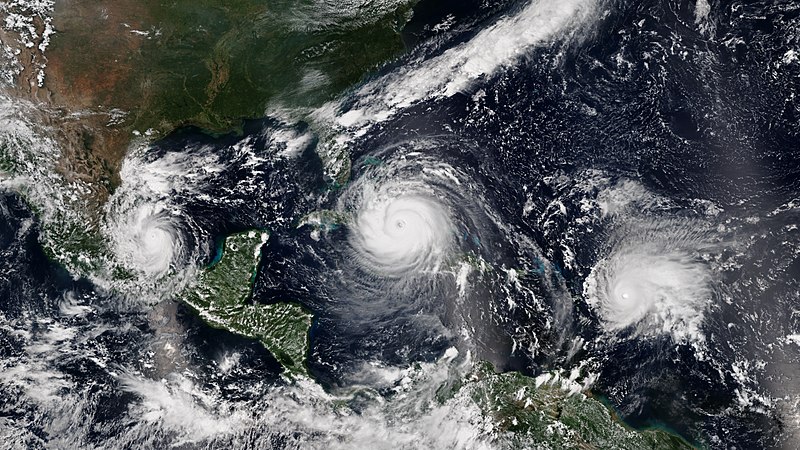
A tropical cyclone is a rotating low-pressure weather system that has organized thunderstorms. Tropical cyclones with maximum sustained surface winds of less than 39 miles per hour (mph) are called tropical depressions. Those with maximum sustained winds of 39 mph or higher are called tropical storms.
When a storm’s maximum sustained winds reach 74 mph, it is called a hurricane. The Saffir-Simpson Hurricane Wind Scale is a 1 to 5 rating, or category, based on a hurricane’s maximum sustained winds.
Generally, hurricanes originate in the Atlantic Basin; storms of the same force in the Pacific Basin are called typhoons. “Hurricane” is thought to have originated in Taino, meaning “Wind God.” “Typhoon” may have come from ancient Greek “tuphon” meaning “whirlwind” or “big/ heavenly wind.” According to language, our ancestors thought these enormous storms had a supernatural origin.
Predictable Winds
Although much about the weather is unpredictable—or at least most predictable short term, other weather patters are almost like clockwork. These generally predictable winds are called Periodic or Trade Winds.
Sea Breezes and Land Breezes
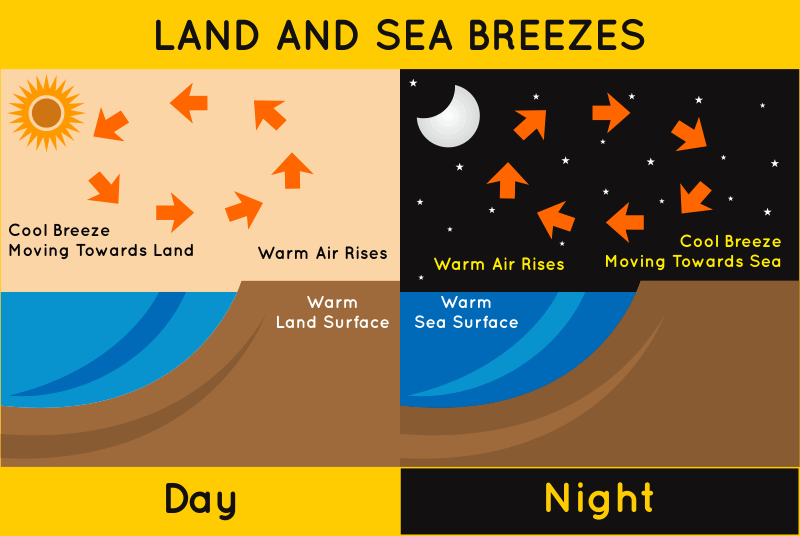
These develop due to differences in the temperatures between water and dry land. A sea breeze or onshore breeze is any wind that blows from a large body of water toward or onto a landmass, carrying some moisture; land/offshore breezes blow to sea and are dry.
These breezes are periodic because they are generally predictable, morning and evening. Also, they are relatively localized, and much beloved by beachgoers.
Monsoons
A monsoon is a months-long, seasonal, prevailing wind in the region of South and Southeast Asia. Between May and September, the wind blows from the southwest and brings rain (the wet monsoon). Between October and April, the wind blows from the northeast (the dry monsoon).
These rains blow in from the Indian Ocean and Arabian Sea in the southwest bringing heavy rainfall to the area. The temperature difference created by the Indian Ocean, Arabian Sea, Bay of Bengal and Himalayan wall forms the basis of monsoons in the Indian subcontinent.
The regularity of monsoon seasons governs the agricultural patterns in these areas. Changes to the monsoon—if it comes late, brings more or less water than expected, or moves its path—can cause enormous hardship to communities that rely on the crops grown according to expected patterns.
Mountain and Valley Breezes
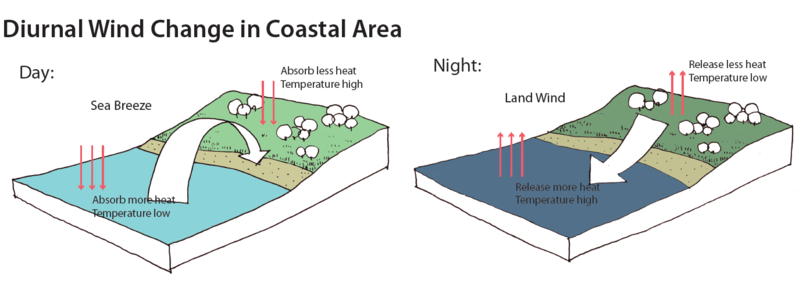
Valley breeze is the hot air blowing from the valley up to the slopes of mountain slopes. In contrast, mountain breeze is the valley breeze that is the cold air from the mountain flow towards the valley.
Trade Winds and Westerlies

These are permanent, prevailing winds. Indeed, the trade winds and westerlies are the most regular winds on earth. They blow with great force and in constant direction, which is why they are preferred by sailors. The trade winds bring heavy rain falls and sometimes contain intense depressions.
Trade winds blow from North east towards the equator in Northern hemisphere and South East Towards equator in southern hemisphere.
The directions of the Westerlies are opposite to trade winds and that is why they are also called antitrade winds. Trade winds are closer to the equator, in both the northern and southern hemispheres. Westerlies are closer to the poles
Characters might rely on regular trade winds to deliver supplies, escape a coming danger, relay news, or make a profit. Because of their regularity, meetings and departures can be worked into plots as scheduled, expected events.
Bottom Line: When wind meets water, it can be friend or foe.
